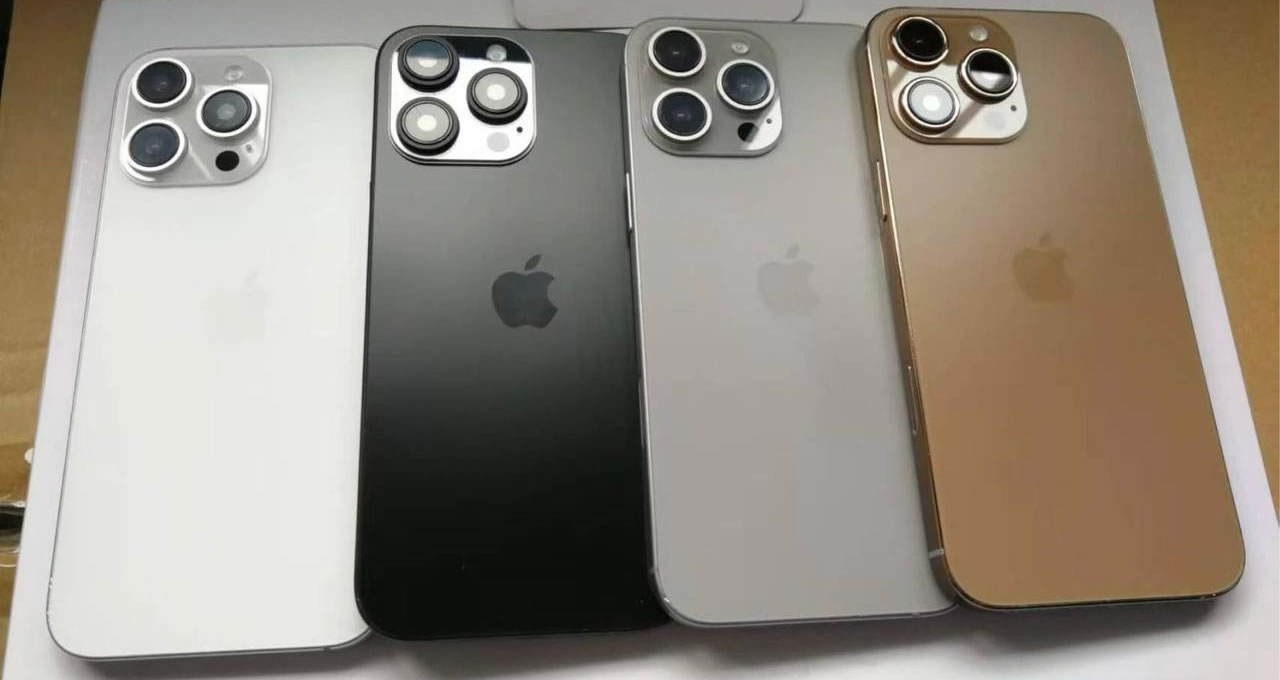Apple’s upcoming iPhone 16 series may mark a significant shift in the company’s chip strategy. These phones are expected to equalize the hardware across the entire lineup, a departure from their previous approach. Apple introduced the iPhone 15 series, offering four different models. The iPhone 15 Pro and Pro Max variants feature more advanced specifications. Notably, while the standard iPhone 15 and Plus models retained the previous-generation A16 Bionic chip, the Pro versions transitioned to the A17 Pro chip. However, Apple is rumored to break this tradition with the iPhone 16.

All iPhone 16 Models to Feature the 3nm A18 Pro
The company appears poised to reverse its chip strategy, which it initiated with the iPhone 14 series. If these recent speculations hold true, all four iPhone 16 models set to be released in 2024 will harness the power of the same chip, namely the A18 Pro.
Fresh leaks from China suggest that Apple is set to close the gap among the iPhone 16 models. Analysts propose that the A18 Pro chip will power all variants. TSMC is expected to manufacture this chip using a cutting-edge 3nm process. In 2022, the company didn’t equip all iPhone models with the same processor. While the iPhone 14 Pro and 14 Pro Max relied on the 4nm A16 Bionic, the iPhone 14 and 14 Plus models were based on the previous year’s 5nm A15 Bionic chip.

This trend continued into 2023, with the introduction of the iPhone 15 series. However, Apple named the processor for the iPhone 15 Pro series the A17 Pro, based on a 3nm process. In contrast, the iPhone 15 and 15 Plus continued to use the A16 Bionic.
Apple’s decision to standardize the A18 Pro across all four iPhone 16 models suggests a return to their previous approach. This change aims to eliminate performance differences among the iPhone models and highlight features such as camera and display quality as their distinguishing factors.
A Shift in Apple’s Strategy
This unification in chip architecture marks a significant shift in Apple’s strategy. Instead of employing different processors for distinct iPhone models, the company is moving toward a more uniform approach. This change allows Apple to streamline its production process, potentially reducing manufacturing costs and simplifying software development.
By adopting the A18 Pro chip for all iPhone 16 models, Apple ensures that every customer, regardless of the specific model they choose, will experience a consistent level of performance and capabilities. This move may enhance the overall user experience. Also emphasizes other aspects like camera advancements and display quality as the primary factors influencing consumers’ choices.
Finally, Apple is taking a more egalitarian approach to its iPhone lineup, aligning it with the expectations of modern consumers. This significant shift could reshape the smartphone industry, as other manufacturers may also reconsider their chip strategies to provide a more consistent user experience. Apple’s strategy for the iPhone 16 series stands as a testament to its commitment to delivering excellence and innovation while adapting to the evolving needs of its customers.











